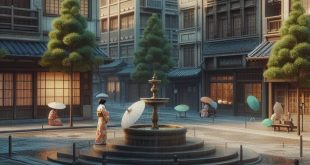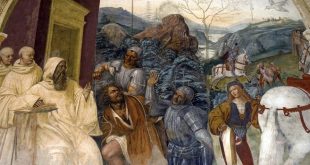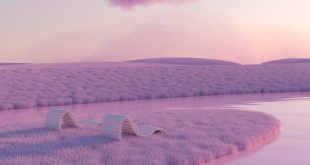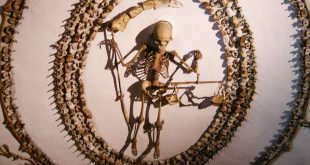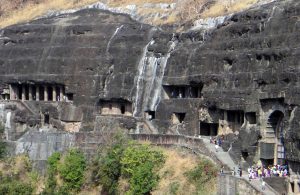 Discovering lost treasure.
Discovering lost treasure.
During your visit to the Ajanta caves, http://www.madhya-pradesh-tourism.com/central-india-tourism/aurangabad-tourism.htmlwe think it the best place to stay. Rooms size good, beds comfortable. If youare planning to stay here, please take care especially during nights: Ajanta Tourist Resort it is know for snakes and other reptiles. Visiting Mahatma Gandhi Gardens (15 km from the resort), you will find beautiful garden in Jalgaon.
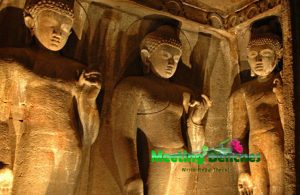 Recently, two of the caves hidden for decades, they have been restored,to reveal their true beauty. The caves were designated a UNESCO World Heritage site in 1983. The 30 caves (excavated between the 1st century BCE and the 7th century CE), consists in sanctuaries and monasteries. On the inner, side of a ravine, in the Wagurna River valley, north east of Aurangabad, a site of great scenic beauty waiting for you. The Buddhis trock–cut cave temples, https://www.indiatravelite.com/Tour/TourDetails?pid=1059&pname=Full_Day_Ajanta_Caves_Sight_Seeing_Tour_-_Aurangabad_-_Maharashtra located near Ajanta (western India), are celebrated for their wall paintings. Do not forget: the fresco-type paintings are the chief interest of Ajanta. Entering, you can experience colourful Buddhist legends, all painted with unsurpassed vitality in Indian art. The paintings are the finest surviving picture galleries from the ancient world.
Recently, two of the caves hidden for decades, they have been restored,to reveal their true beauty. The caves were designated a UNESCO World Heritage site in 1983. The 30 caves (excavated between the 1st century BCE and the 7th century CE), consists in sanctuaries and monasteries. On the inner, side of a ravine, in the Wagurna River valley, north east of Aurangabad, a site of great scenic beauty waiting for you. The Buddhis trock–cut cave temples, https://www.indiatravelite.com/Tour/TourDetails?pid=1059&pname=Full_Day_Ajanta_Caves_Sight_Seeing_Tour_-_Aurangabad_-_Maharashtra located near Ajanta (western India), are celebrated for their wall paintings. Do not forget: the fresco-type paintings are the chief interest of Ajanta. Entering, you can experience colourful Buddhist legends, all painted with unsurpassed vitality in Indian art. The paintings are the finest surviving picture galleries from the ancient world.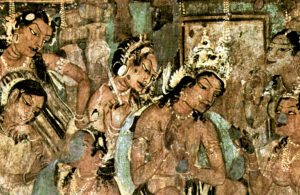
Entering, all over the walls, you too can see that ancient murals. Orange- and yellow-robed monks (with green haloes standing on blue lotuses) waiting for you. Until our days, on the rock walls, long panels of painting fill with elaborate crowd scenes. Next to the stupa, on a pillar, a British officier had inscribed over the body of a previous incarnation of the Buddha:“John Smith, 28th cavalry, 28 April 1819.” Those who createdit abandoned unknown for more than 1,000 years, this structure. That young British cavalry officer was on a tiger hunt when he spotted the mouth of a cave high above the Waghora River.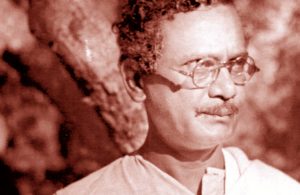
Between images of the Buddha, animals and palaces, silks, jewellery, and also sensuous representations of princes and princesses lovemaking and life, the joyous vision of natural fecundity and divine beauty of that distant Indian artists. A team of the Archaeological Survey of India have revealed the intense colours and sheer beauty of many of those portraits, alongwith the subtlety of use of perspective, shading and other techniques (including the use of bright stones). In 2013, four replica caves was open, butthe fake caves have not been a success. The spellbinding architecture and the compelling beauty of these wall paintings it was inspiration source for a famous Indian painter named Nandalal Bose.
The property of the images that appear in this blog correspond to their authors. The sole purpose of this site is to spread the knowledge of these artists and that other people enjoy their works. To pursue this issue, you can digit: https://www.youtube.com/watch?v=kgu6vcNLEC0
 Meeting Benches World art in all forms
Meeting Benches World art in all forms


